Designing a kitchen layout might sound like a challenge worthy of a cooking competition, but with the right approach, it can be a rewarding experience that transforms your small kitchen into a highly functional and stylish space. The layout of your kitchen plays a crucial role in both efficiency and aesthetics, making meal prep and everyday use more enjoyable. In this guide, we’ll walk you through the essentials of designing a kitchen layout, offering practical tips to create a compact space that works beautifully.
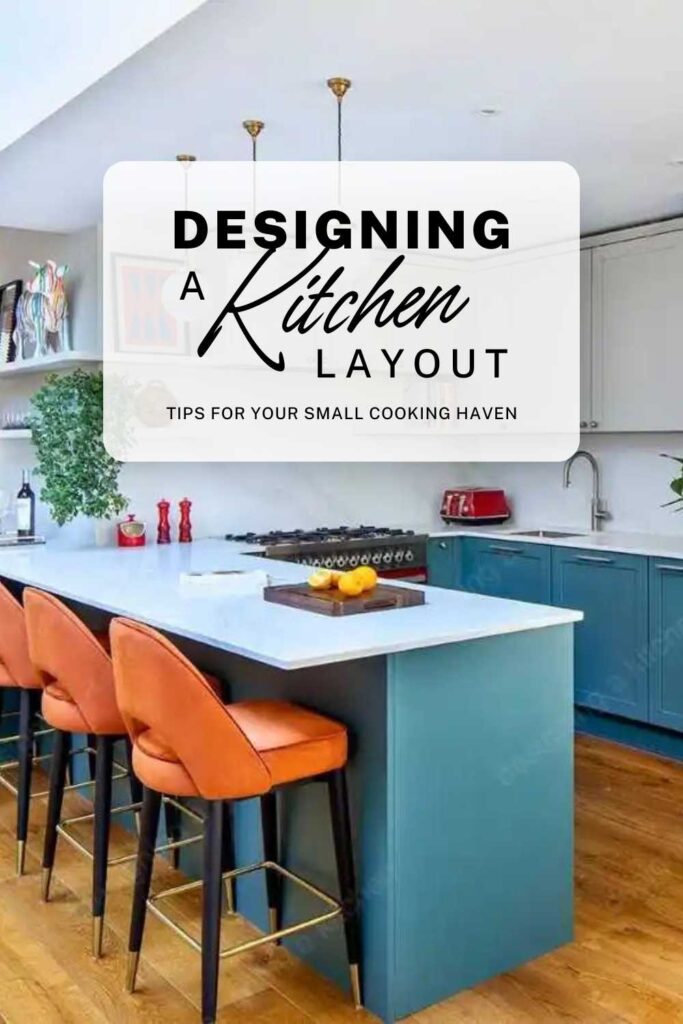
Table of Contents
Understanding the Basics of Kitchen Layout Design
When it comes to designing a kitchen layout for a small space, the first step is to understand the key components that make up an effective kitchen design. Think of your kitchen as the set of a cooking show where every element needs to be in its right place for the perfect performance.
Here’s a quick rundown:
Workflow Efficiency
The heart of any good kitchen design is the workflow, often referred to as the work triangle. This concept involves placing the sink, stove, and refrigerator in a triangular layout. In a small kitchen, the goal is to maximize this layout while minimizing the distance you need to travel between these key areas. Imagine you’re cooking up a storm while your friends are cheering you on – no one wants to see you running laps around a cramped space!
Additionally, zoning your kitchen can help keep everything organized. Create distinct areas for different tasks: cooking, prepping, and cleaning. Even in a small kitchen, this approach will make it easier to find what you need and keep your kitchen running smoothly.
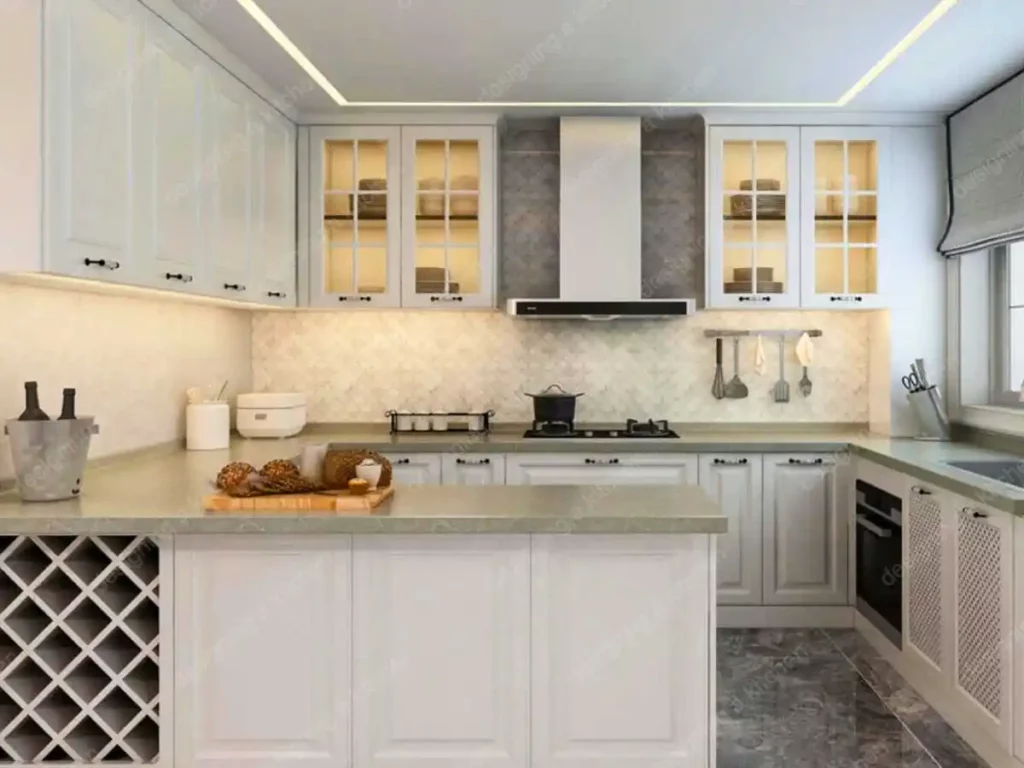
Space Utilization
Maximizing space is crucial when working with a smaller kitchen. Think of storage solutions like a magician’s hat – the more you can pull out of it, the better. Opt for cabinets that go up to the ceiling, use pull-out pantry shelves, and incorporate drawer dividers. These strategies can help you make the most out of every inch of your compact kitchen.
Counter space is equally important. You’ll want enough room to chop veggies, roll out dough, and maybe even showcase your best Instagram-worthy meals. An island or breakfast bar can add extra workspace and storage, but in a small kitchen, a compact island or a fold-down table can be a game-changer.
Ergonomics and Accessibility
Designing a kitchen layout for a small space is also about making sure it’s comfortable for everyone who uses it. Adjust the height of counters and work surfaces to suit the users’ needs – you don’t want to be hunched over while preparing dinner. Place frequently used items within easy reach to avoid unnecessary bending or stretching. A small kitchen should be a place where you feel at ease, not like you’re navigating an obstacle course.
Lighting
Good lighting can make your small kitchen look like it’s ready for its close-up. Task lighting, like under-cabinet lights, helps illuminate work areas, making it easier to see what you’re doing. Ambient lighting, such as overhead fixtures, provides overall illumination. Consider adding pendant lights or a stylish chandelier to make a statement while keeping things functional. Just remember, no one wants to cook in the dark – unless you’re going for that dramatic, “I’m preparing a secret recipe” vibe.
Ventilation
A well-ventilated kitchen is key to a pleasant cooking experience, especially in a small space where odors and steam can quickly build up. Install a good range hood or exhaust fan to remove smoke, steam, and odors. Proper ventilation helps keep the kitchen fresh and prevents moisture buildup, which could lead to unpleasant surprises later on. Think of it as giving your compact kitchen a breath of fresh air – because even small kitchens need to breathe.
Check WinFlo Convertible Wall Mount Range Hood on Wayfair
Safety
Safety should always be a priority when designing a kitchen layout. Choose non-slip flooring to prevent accidents, and ensure walkways are clear and unobstructed. You don’t want to trip over a rogue kitchen towel while trying to reach for that elusive spice jar.
Creating Your Small Kitchen Plan
Now that you’re familiar with the basics, it’s time to dive into creating your small kitchen plan. This is where the magic happens – or at least where the planning does.
Assess Your Needs
Start by evaluating how many people use the kitchen and how often. If you’re a cooking enthusiast who loves hosting dinner parties, you’ll need more features and thoughtful design than someone who prefers quick, easy meals. Tailor your small kitchen design to match your lifestyle and cooking habits.
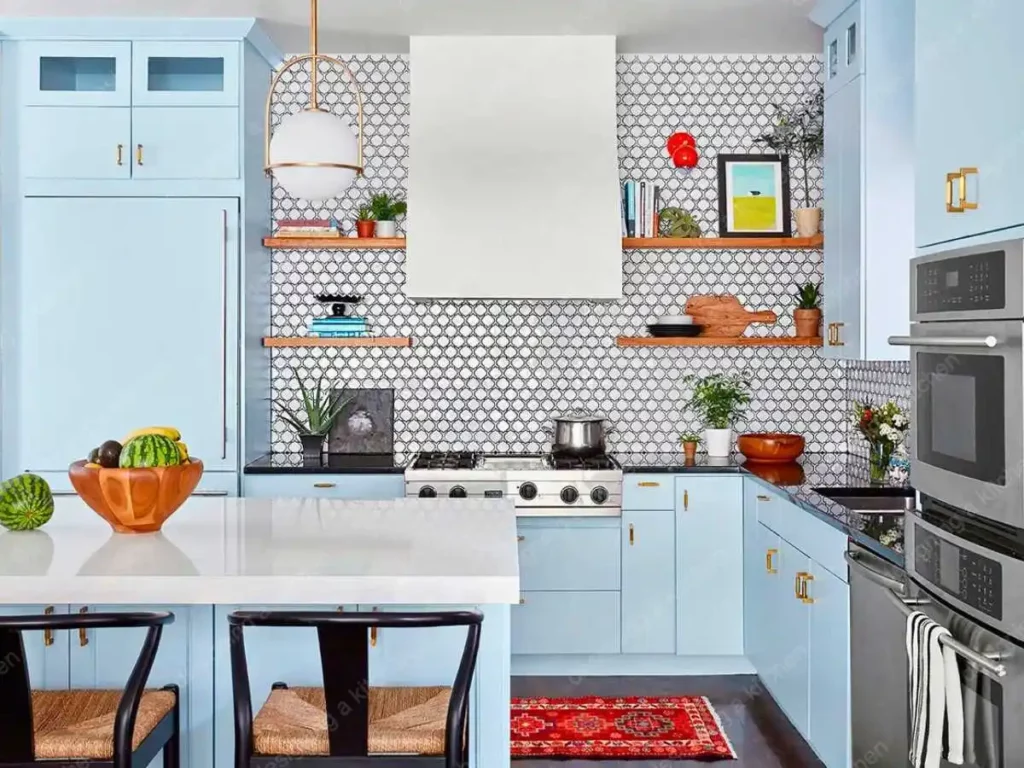
Choose a Layout
Your kitchen layout is the foundation of your kitchen design. Here are some popular options that work well for smaller spaces:
- U-Shaped: Perfect for small kitchens, offering efficient use of space and plenty of storage.
- L-Shaped: Ideal for small spaces and creates an open floor plan.
- Galley: Great for narrow kitchens, with work areas on opposite walls.
- Compact Island: Adds extra workspace and can serve as a focal point without overwhelming the space.
Create a Floor Plan
Measure your kitchen space accurately, including doorways and windows. Sketch out your layout on graph paper or use design software to visualize how everything will fit. Place major appliances and fixtures first, then add cabinets and other elements. It’s like assembling a puzzle – every piece needs to fit just right.
Select Materials and Finishes
Choose materials that are both durable and stylish. For countertops, granite or quartz can offer a blend of beauty and functionality. For backsplashes and flooring, opt for finishes that are easy to clean and complement your overall design. After all, your small kitchen should look good enough to be featured in a home decor magazine.
Incorporate Technology
Consider adding smart appliances and energy-efficient lighting to enhance convenience and reduce utility costs. Smart technology can make your small kitchen experience more modern and efficient, just like upgrading from a flip phone to the latest smartphone – it’s all about staying ahead of the curve.
Check Phillips Hue Smart Light System on Amazon
Consult a Professional
If you’re feeling overwhelmed, don’t hesitate to consult a kitchen designer or architect. They can help you navigate complex layouts and ensure everything meets building codes. Sometimes, having an expert in your corner is like having a secret ingredient – it makes everything better.
Conclusion: Designing a Kitchen Layout That Works for Your Small Space
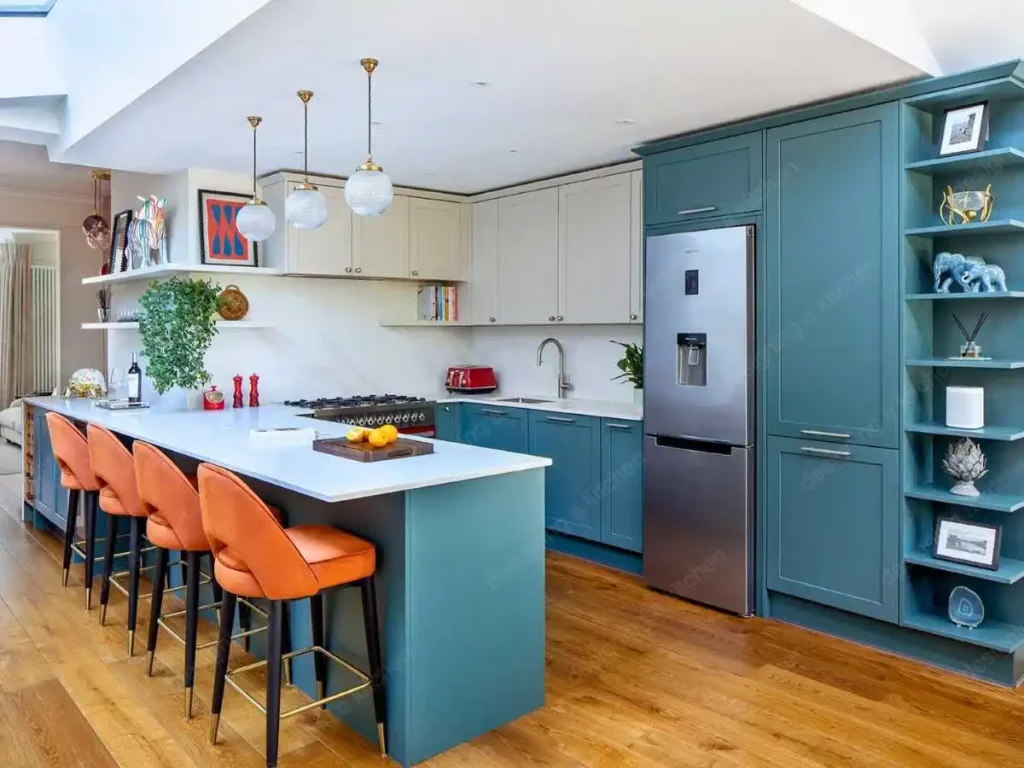
Designing a kitchen layout is all about creating a space that’s functional, stylish, and tailored to your needs, especially in a smaller kitchen. By focusing on workflow efficiency, space utilization, and key elements like lighting and ventilation, you can create a compact kitchen that’s both practical and beautiful.
Remember, a well-designed small kitchen is more than just a place to cook – it’s the heart of your home, where meals are prepared and memories are made. So roll up your sleeves, get creative, and design a kitchen that makes every meal feel like a culinary masterpiece.

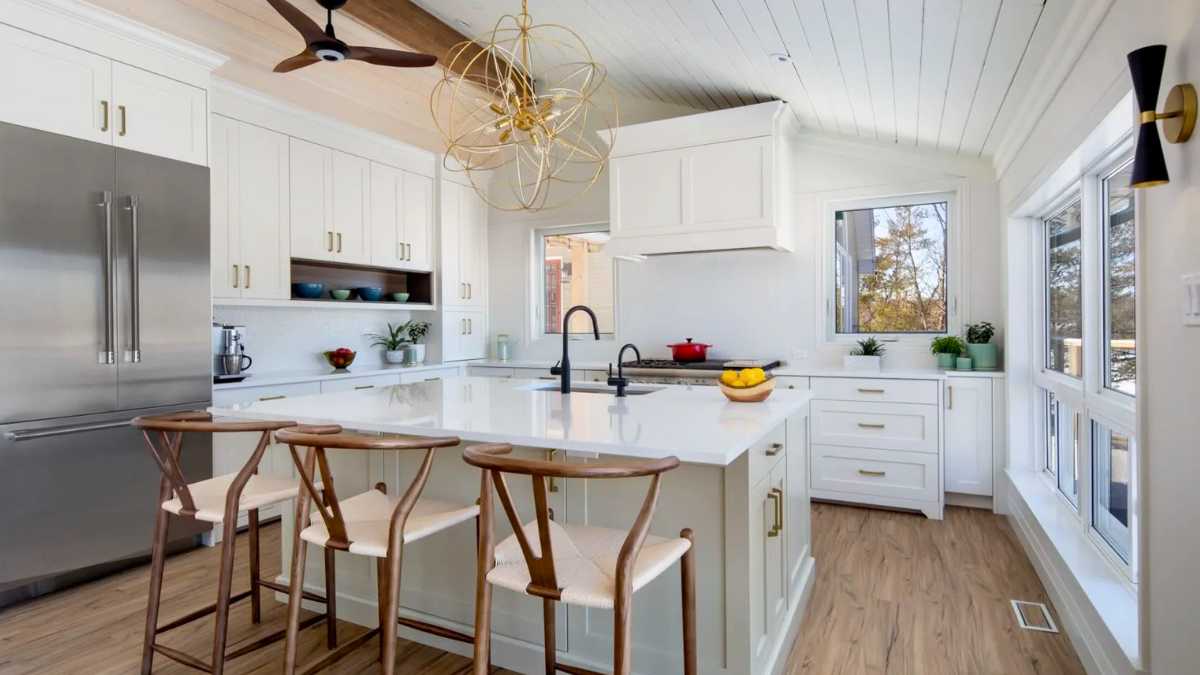

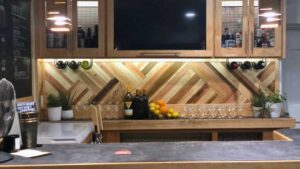

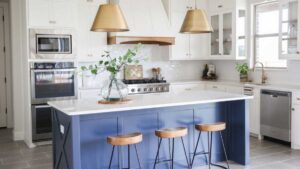
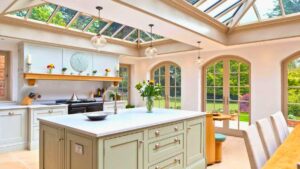

Leave a Comment